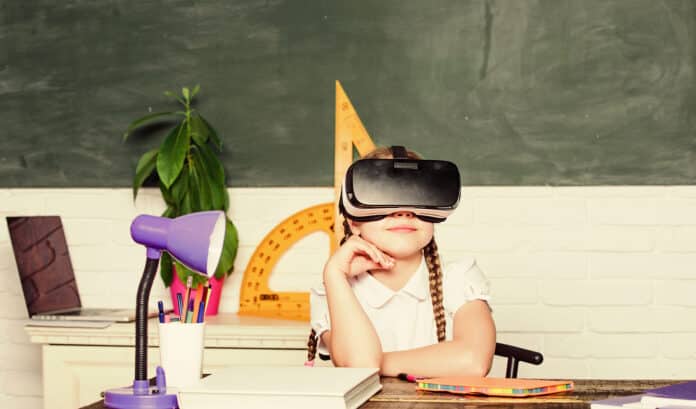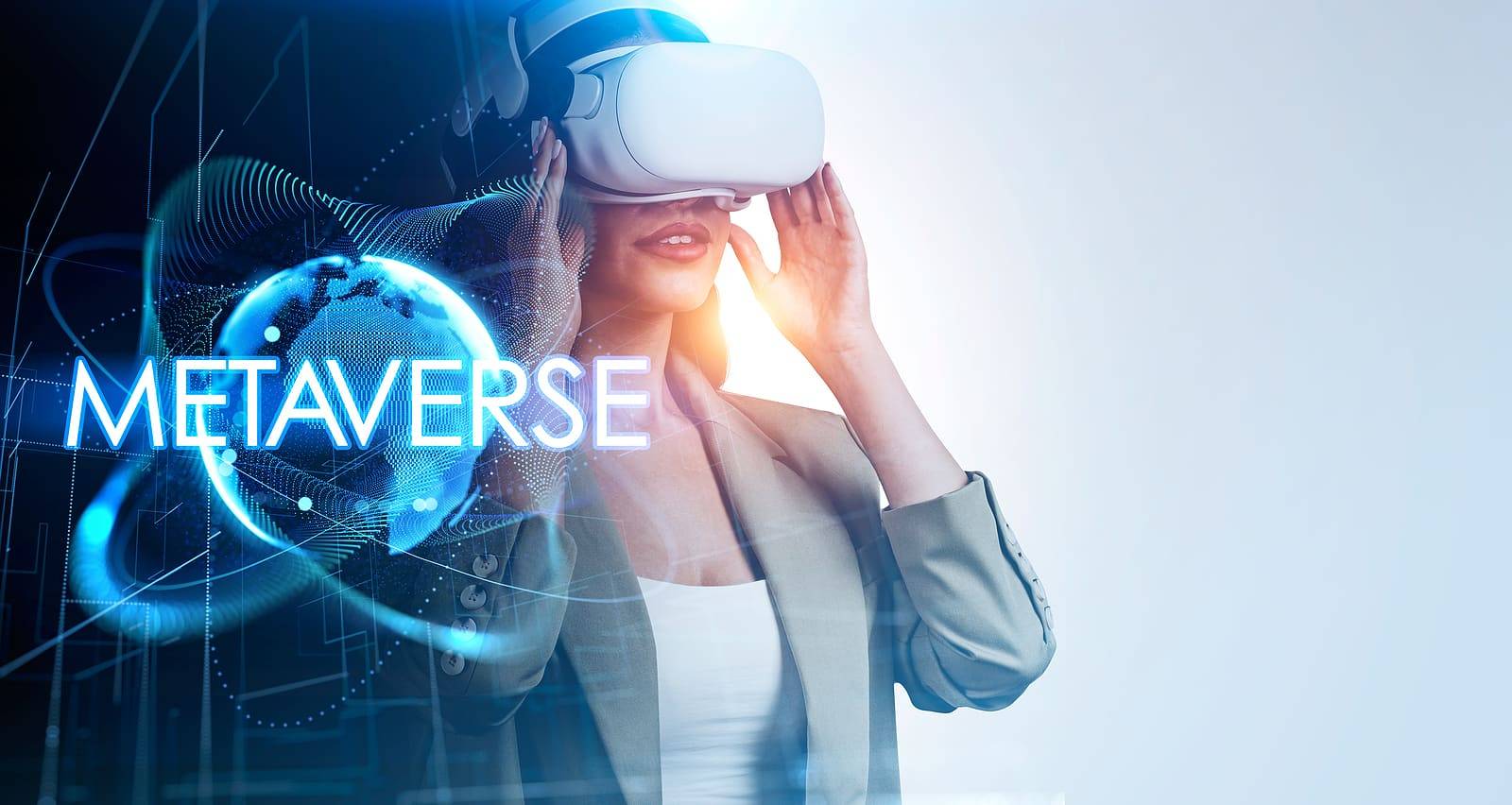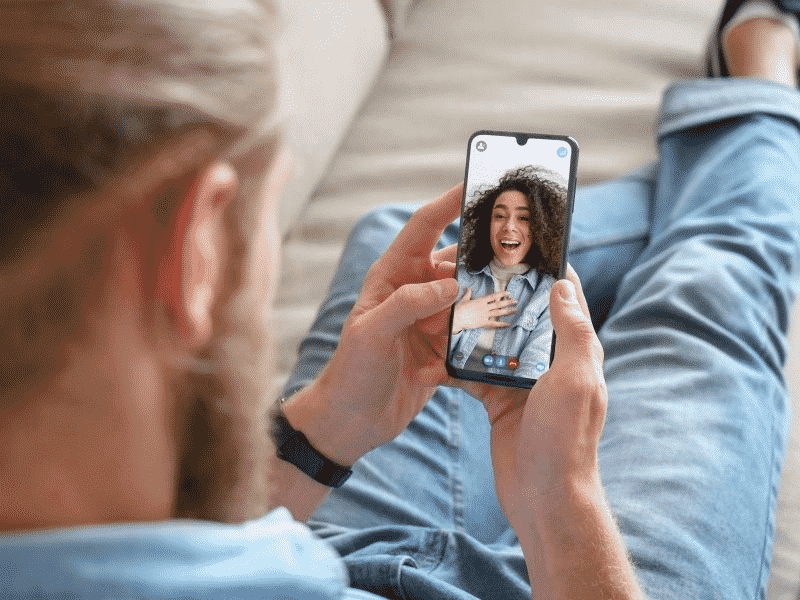Virtual reality In teaching involves using technology to create a virtual environment that students can learn in. This environment is sometimes simulated, and at other times completely virtual.
There are many ways that VR can be used in education. In this article, you’ll find five tips to get you started.
Create a Virtual Field Trip
You can take students virtually anywhere using VR. This is especially useful for lower grade levels that might not have the opportunity to visit places like historical landmarks or cultural events.
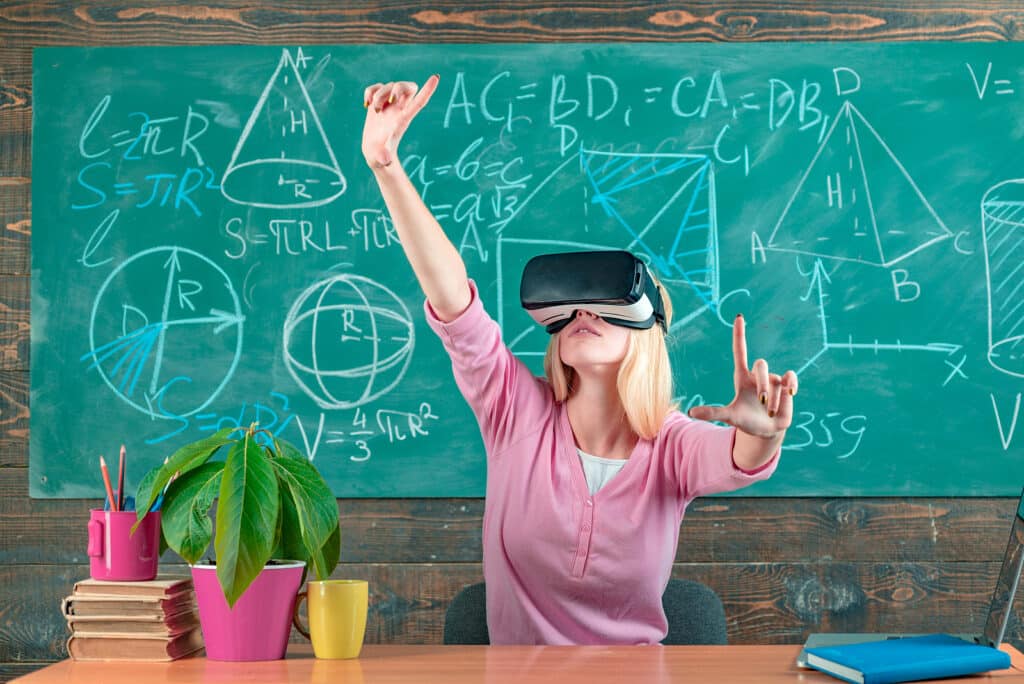
Virtual Reality In Teaching How To Do It
You can create virtual field trips using 360 videos, an app like Littlstar, or a program like Google Expeditions.
Create A Virtual Museum
Creating a 3D museum is another great way to take students on a virtual educational journey. Many museums now have their mobile app with the potential to go along with them.
Virtual Reality In Teaching How To Do It
Google Cardboard is one of many affordable options for turning smartphones into VR headsets. One example is the google cardboard project viewer that you can find here. Also, some companies will create custom experiences tailored to your needs; this may be especially important for more complicated projects involving structured data or additional hardware.
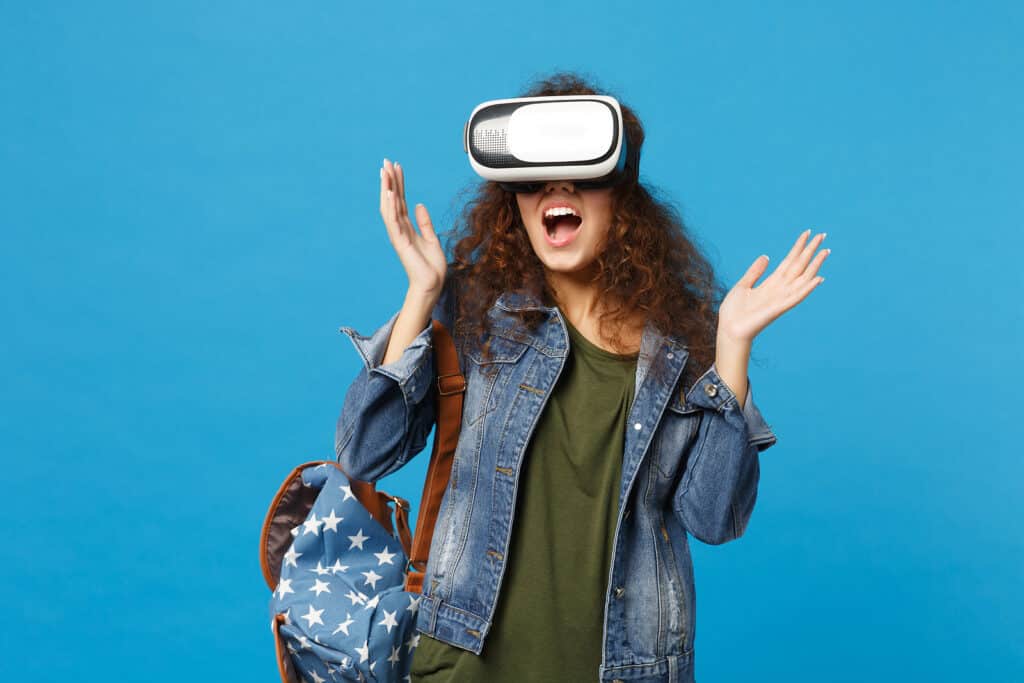
Give Field Reports
Students can experience a situation first hand and then write about it in a report. For example, if you’re studying ecosystems, students could use a 360 video app to capture images of a specific habitat, then write up their findings with that information.
Create A Virtual Tour
You can also give virtual tours of the planet using Google Earth VR, which essentially turns the entire world into your classroom. There’s even an option to take 3D snapshots of specific areas that you can revisit later on or share with other users! This is especially useful for larger classrooms or schools that have more than one teacher.
Virtual Reality in Education
You can take students on a virtual tour of any building or location. For instance, if your school has an open house, you could give parents VR headsets and show them around campus. Or perhaps you’re studying the solar system – you could walk students through the entire experience simply by walking them through units in your classroom.
Benefits of Virtual Reality in Education How To Do It
You’ll need to have several 360 video cameras set up throughout the area. If there are too many angles to cover alone, enlist help from other teachers or even volunteers from your student body! Make sure that everyone has access to a VR viewer, or this will defeat the purpose of creating a tour altogether.
Simulate Real Life Situations Virtual Reality in the Classroom
You can simulate just about any real-life situation in VR. For example, if you’re studying lab technicians, you can create a virtual lab that students can walk through and interact with to see how certain equipment functions and the correct procedures.
How To Do It:
You’ll need 3D models and scripts for each different machine or item. Then you’ll need several input devices such as wands, CyberTouch tables, controllers, data gloves, or mouse/keyboard interfaces. Once all of this is complete, it’s time to prepare your room!
VR is still very much in its infancy, but it can create more engaging educational experiences for students. The industry is still waiting on essential questions like how VR affects student performance (cognitively and academically), what kinds of VR content are most effective, and who can benefit from these technologies.
Read more – 5 New Technologies That will Change Your Life


